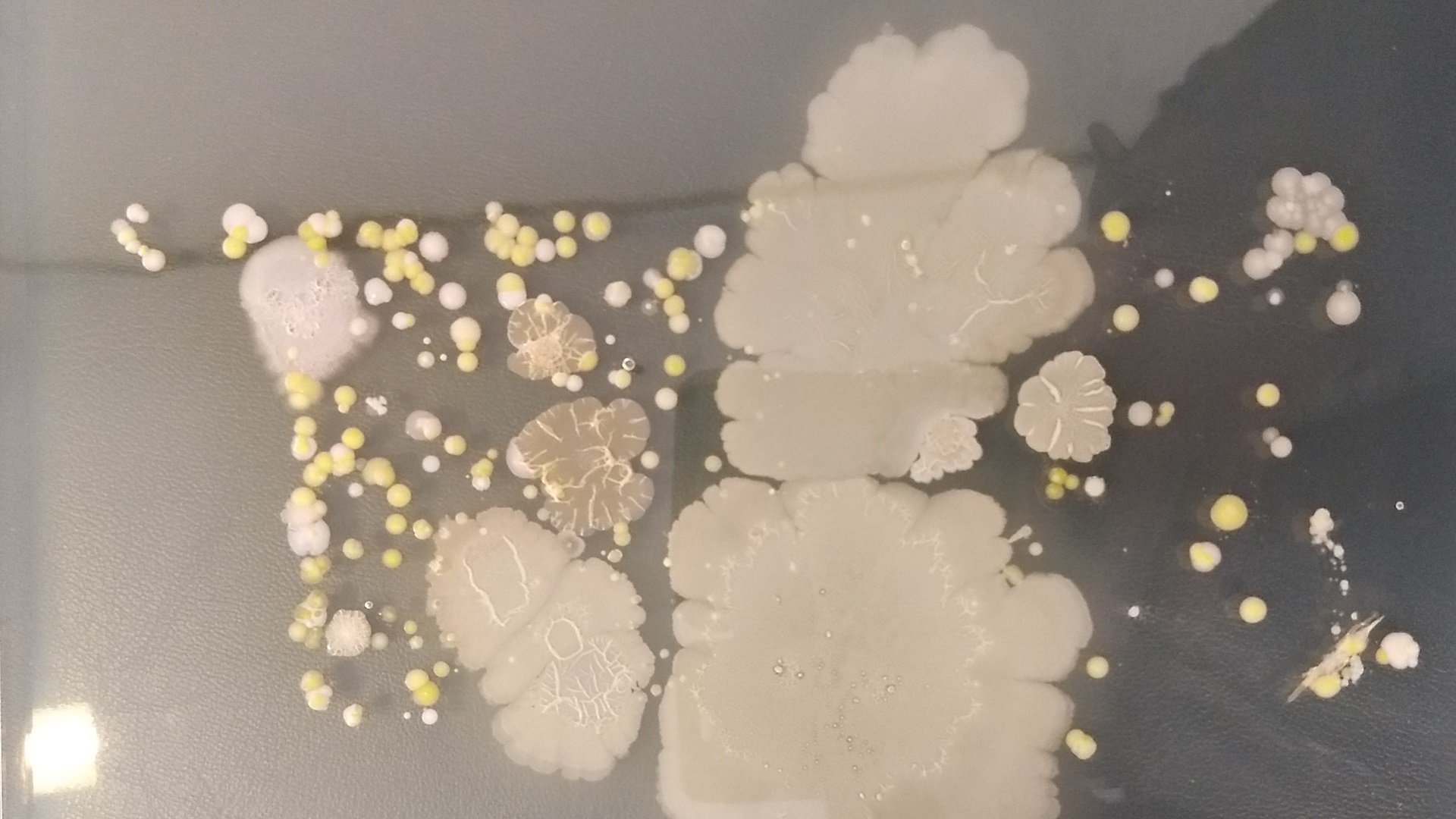A lot of research afoot
Based on samples submitted by 3,500 volunteers from all over the US, this is the largest study of its kind. The expectations were that the diversity on phones would be less than on shoes, due to the personal nature of phones and the fact that shoes are much more exposed to the outside world. It was also assumed that the species composition would be very different, with a higher presence of non-human species on shoes.
Not so strange strains
The expectations were largely confirmed. On average, between 100 and 250 different types of bacteria were found on telephones, although there were also samples containing up to 1,250 species. On average, between 500 and 900 species were found on shoes, with a maximum of about 2000. Strains found on both phones and shoes were Bacteriodetes and Firmicutes. Although these strains are best known as important representatives of the animal microbiome, this finding is not surprising as it also includes many important soil microbes. Fusobacteria strains were only found on phones; these include many species known from the mammalian oral microbiome. Strains found only on shoes were Cyanobacteria and the extremophilic Deinococcus-Thermus, both strongly restricted to aquatic and soil environments.
Into the great unknown
It’s a fact that there are more unknown than known types of bacteria on earth. However, it is usually thought that this concerns species from extreme, inaccessible environments. This study therefore looked for species whose existence has already been established on a genetic basis, but which have never been artificially cultivated or officially described. At least two such strains (Armatimonadetes, Patescibacteria) were found on nearly 50% of the samples and as many as nine strains on about 10% of the samples. The fact that so many unknown species already live on ordinary objects such as shoes and mobile phones means that we have so far strongly underestimated how much unknown biodiversity still exists on earth.

